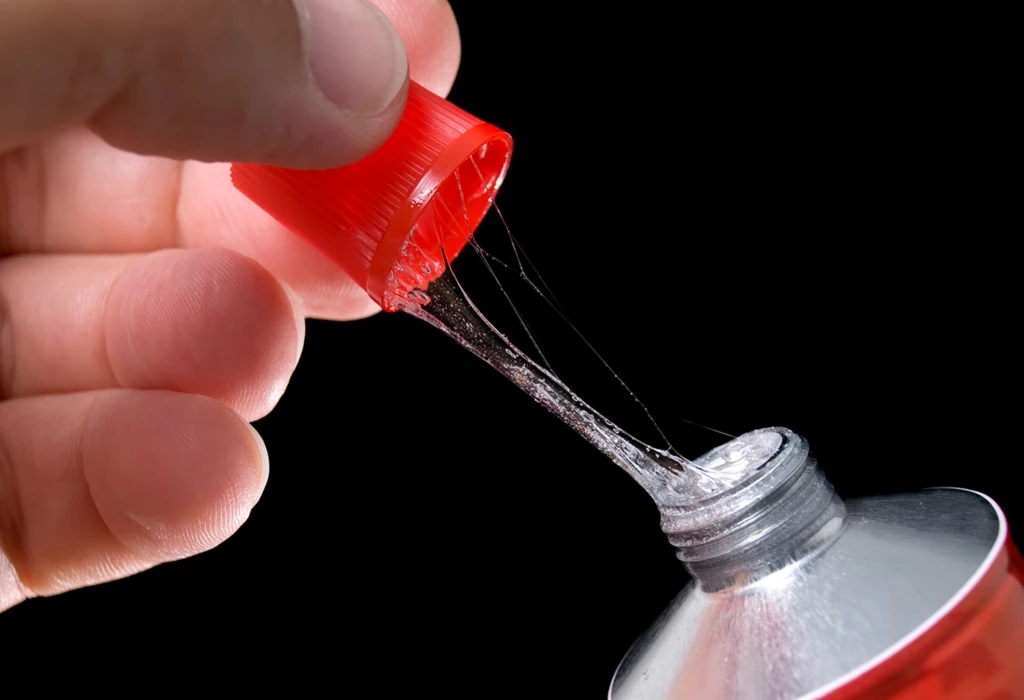
Super glue, or cyanoacrylate adhesive, is a popular adhesive that bonds quickly and strongly to various surfaces. It's commonly used in households and industries for different purposes. However, there are times when you may need to apply heat to an object with super glue on it, and you may wonder if the glue will melt with heat. In this article, we'll explore whether super glue melts with heat and what happens when it's exposed to high temperatures.
What is Super Glue?

Super glue is a type of adhesive that's made of cyanoacrylate, a fast-drying and strong adhesive that bonds to many surfaces, including plastic, metal, wood, rubber, and ceramic. It's also waterproof and heat-resistant, which makes it ideal for various applications, such as fixing broken items, bonding parts together, and sealing gaps.
Does Super Glue Melt With Heat?

Super glue is heat-resistant, but it doesn't mean that it's impervious to high temperatures. When exposed to extreme heat, super glue can melt and lose its adhesive properties. The exact temperature at which super glue melts depends on the type and brand of the glue.
For example, most standard super glues melt at around 170°C (338°F), while some high-temperature super glues can withstand temperatures of up to 220°C (428°F). However, these temperatures are much higher than what most household items are exposed to, such as hot water, steam, or a hairdryer. Therefore, in most cases, super glue won't melt with heat.
What Happens When Super Glue is Exposed to Heat?

When super glue is exposed to heat, it may not melt, but it can lose its bonding strength and become brittle. This means that the glued parts may break or separate under stress or pressure. The heat can also cause the glue to release fumes, which can be harmful if inhaled.
Moreover, if the object with super glue on it is exposed to heat for an extended period, the glue may start to degrade and break down, leading to a weaker bond or no bond at all. This is why it's essential to avoid exposing glued objects to high temperatures, especially if they're subject to stress or pressure.
How to Remove Super Glue From Heat-Sensitive Surfaces?

If you need to remove super glue from a heat-sensitive surface, such as plastic or rubber, you should avoid using heat or a hot solvent, as they can damage the material. Instead, you can use a solvent that's safe for the surface, such as acetone or rubbing alcohol, to dissolve the glue.
To remove super glue from skin, you can soak the affected area in warm soapy water or use an acetone-based nail polish remover. It's essential to avoid pulling or tearing the glued skin, as it can cause injury or infection.
Conclusion
In conclusion, super glue is heat-resistant, but it can melt and lose its bonding strength when exposed to extreme heat. Most household items, such as hot water or a hairdryer, won't cause super glue to melt. However, it's essential to avoid exposing glued objects to high temperatures, especially if they're subjected to stress or pressure. If you need to remove super glue, use a solvent that's safe for the surface and avoid using heat or hot solvents.